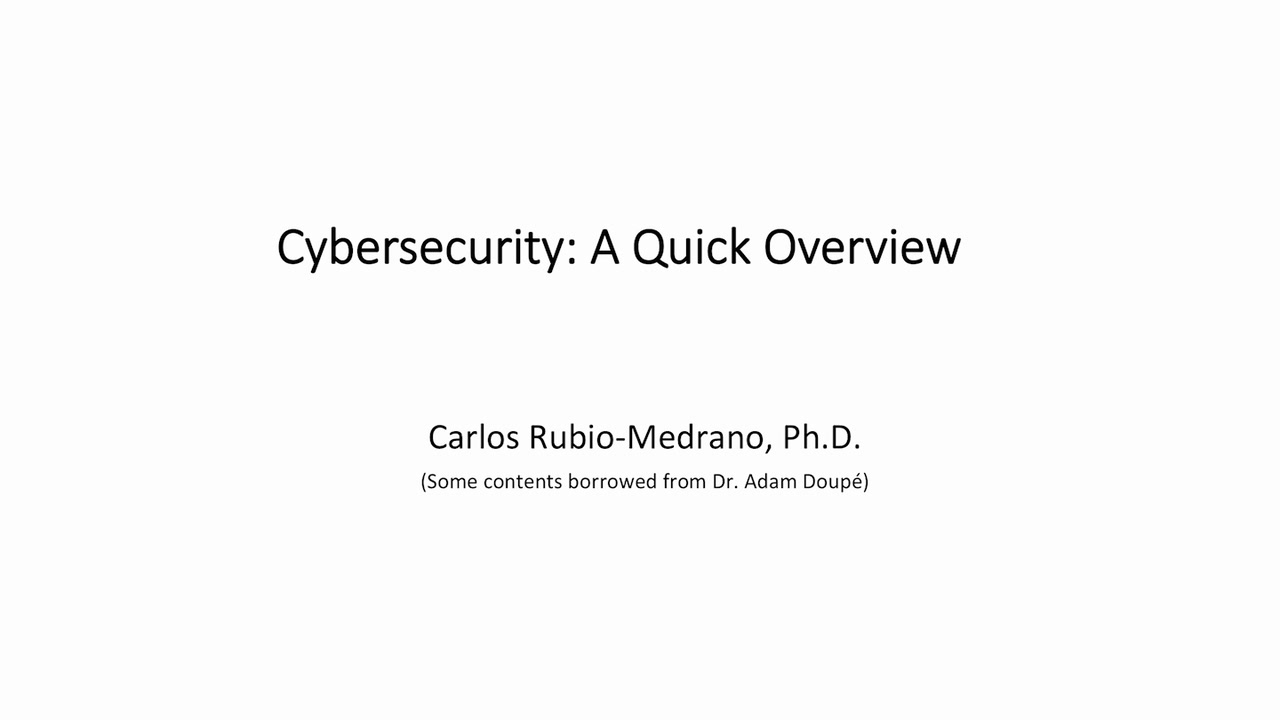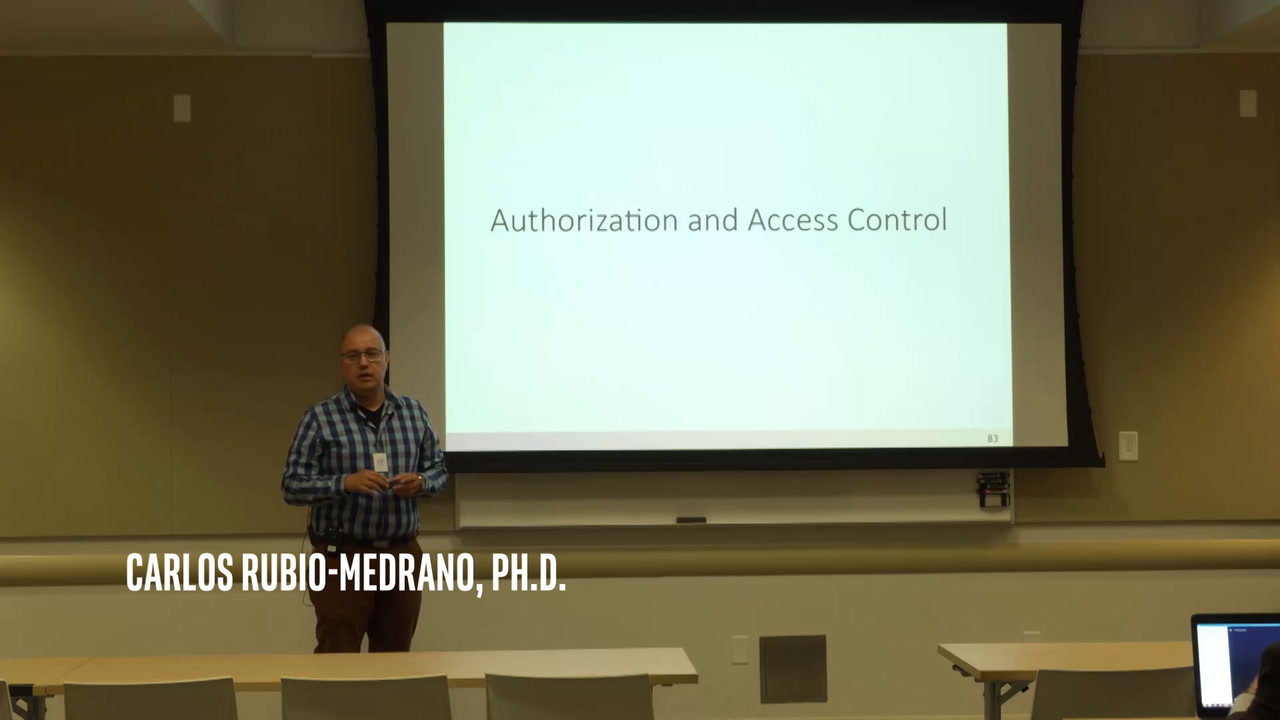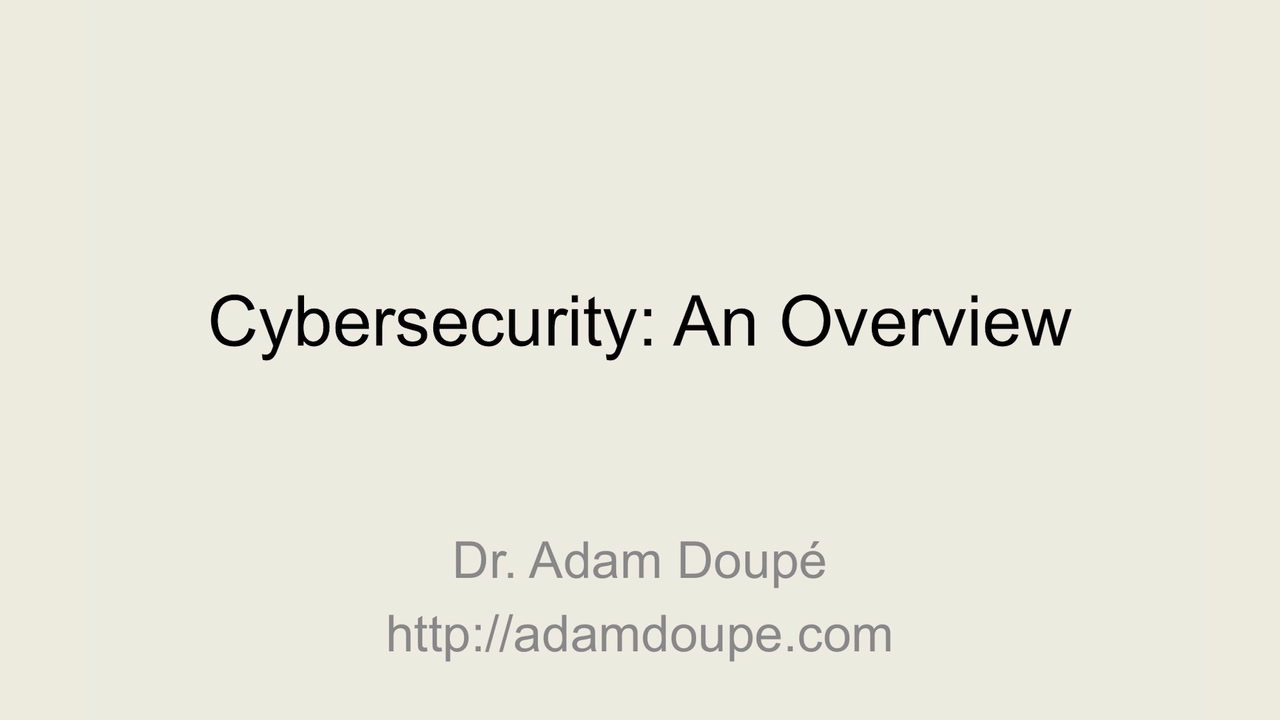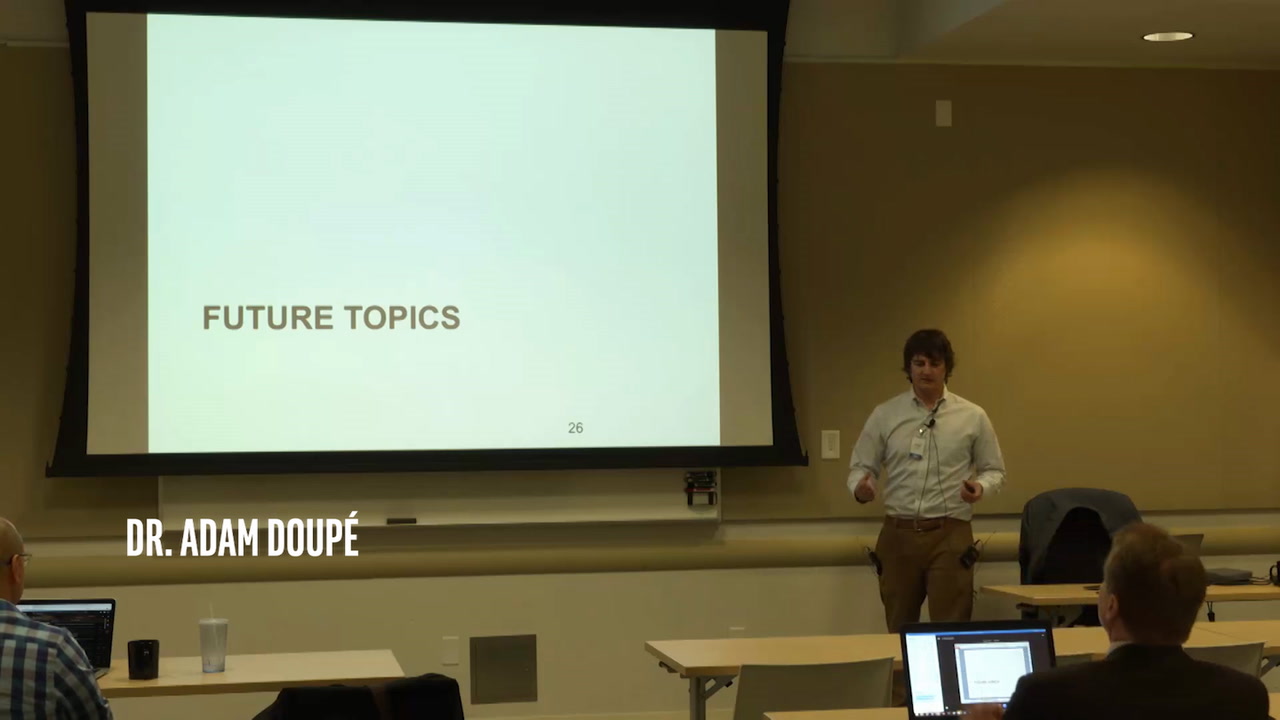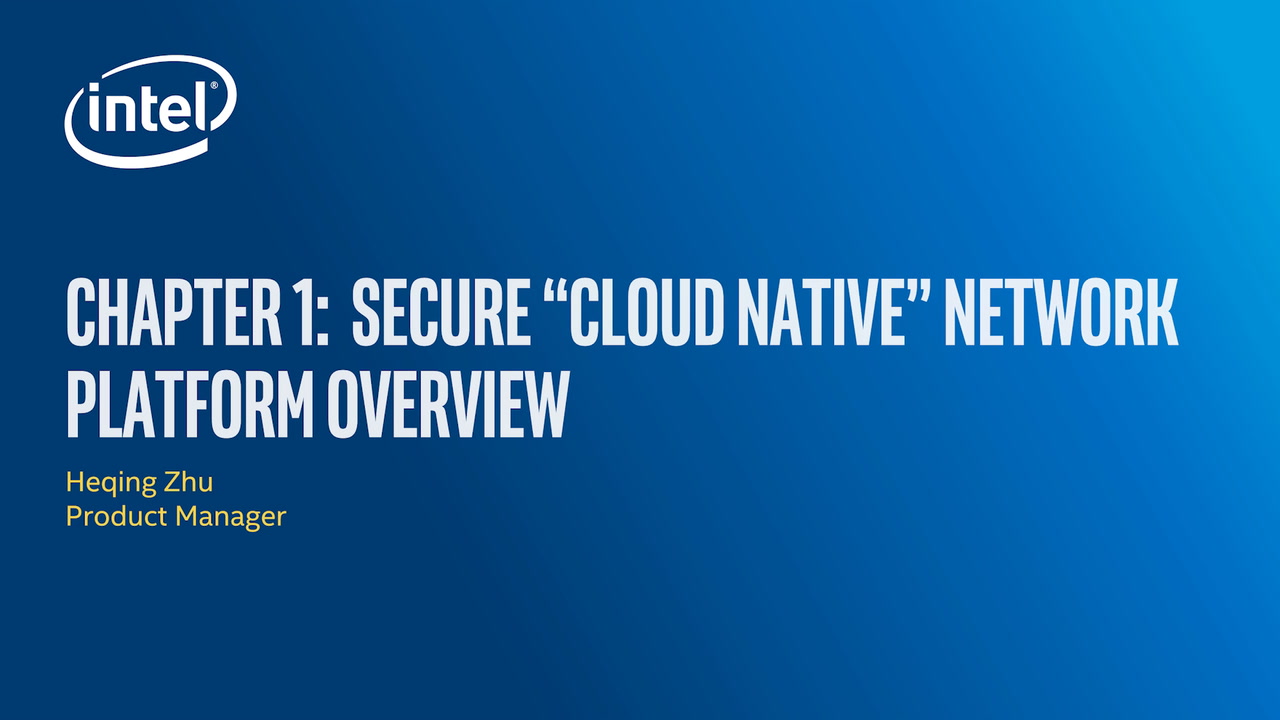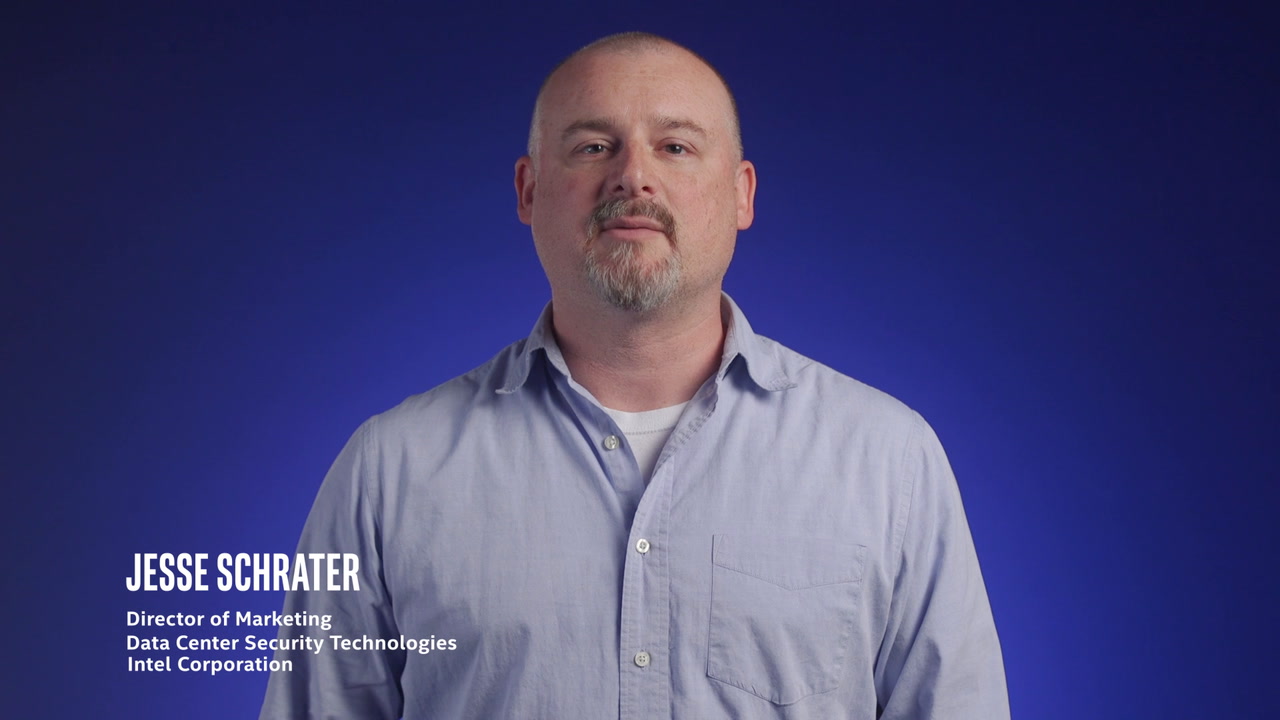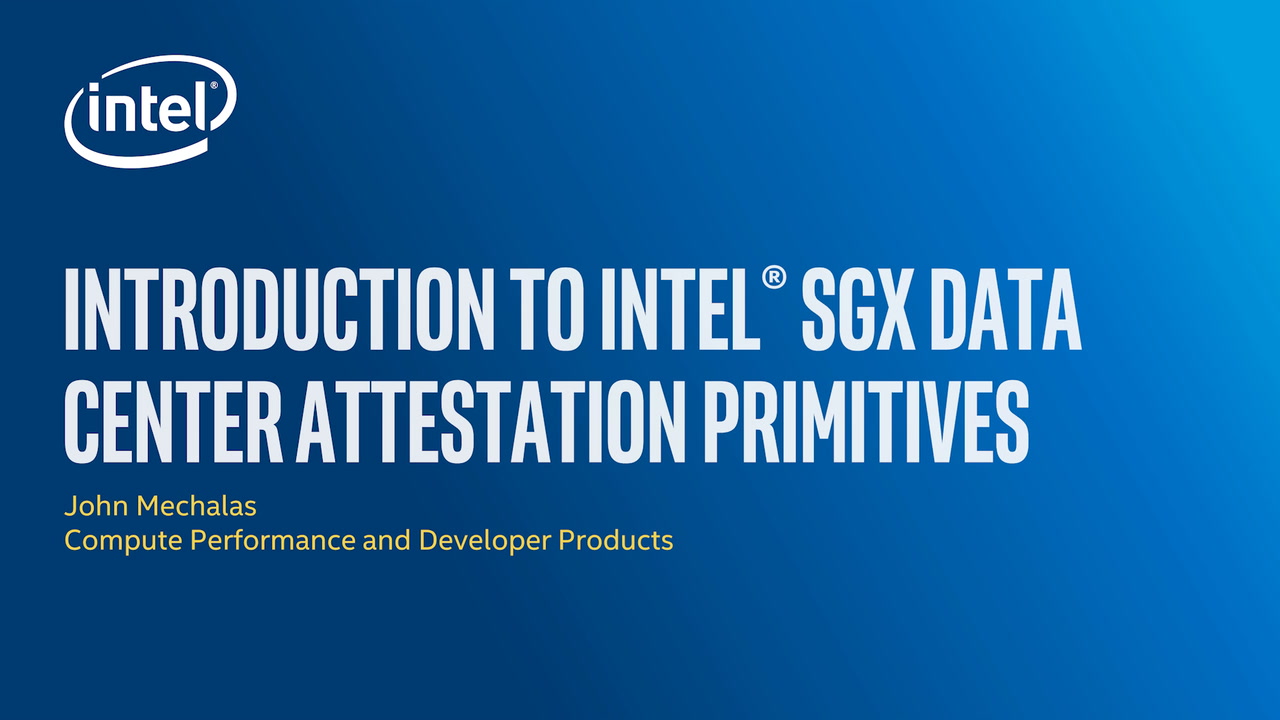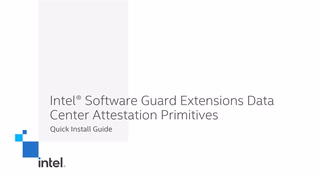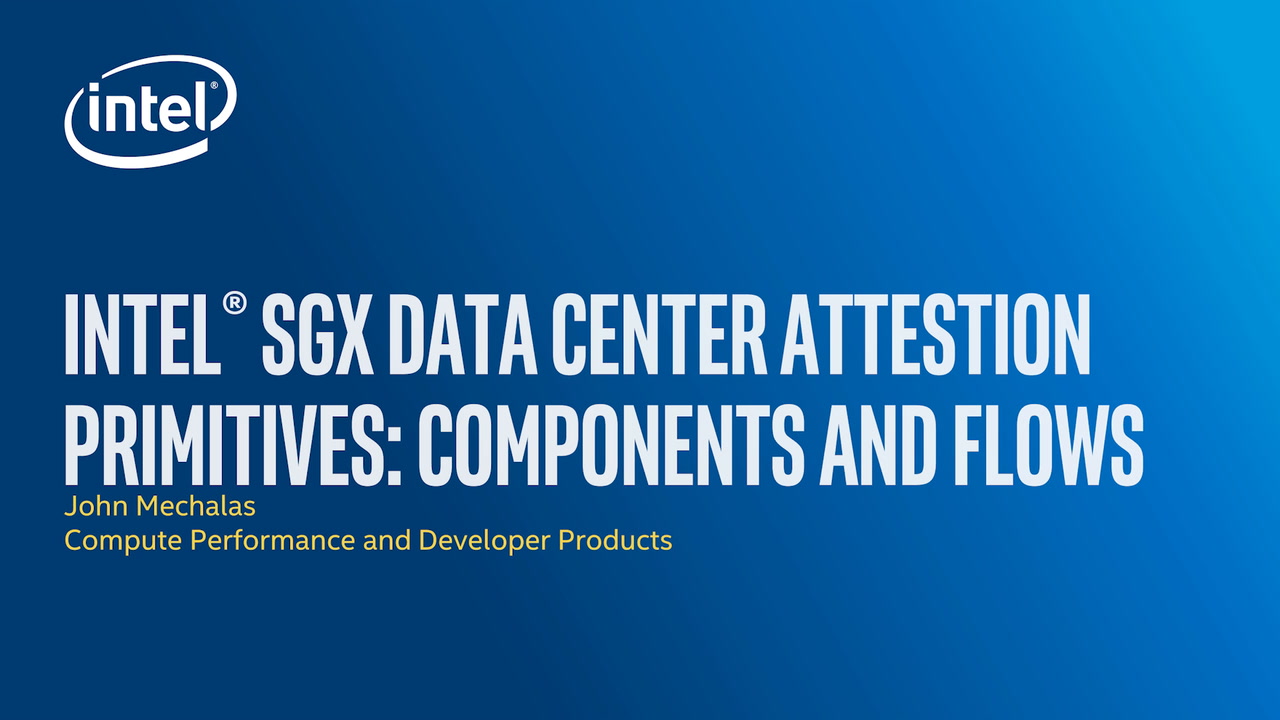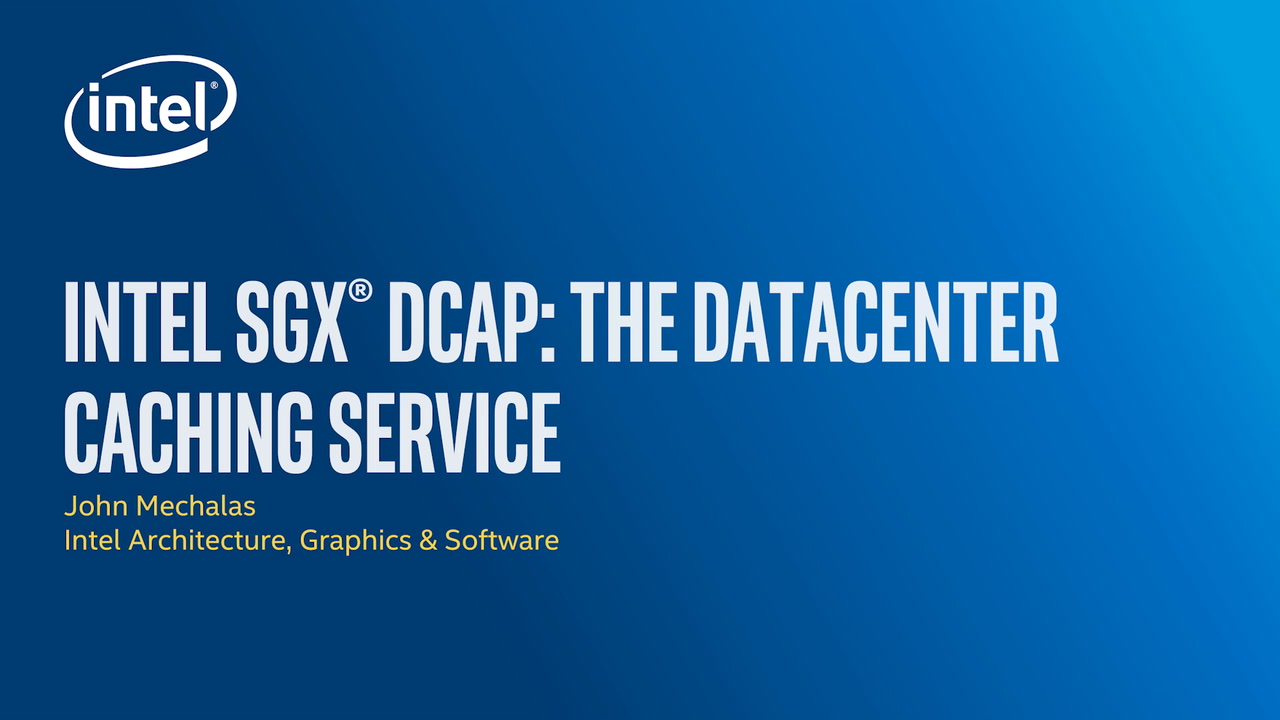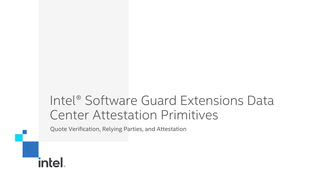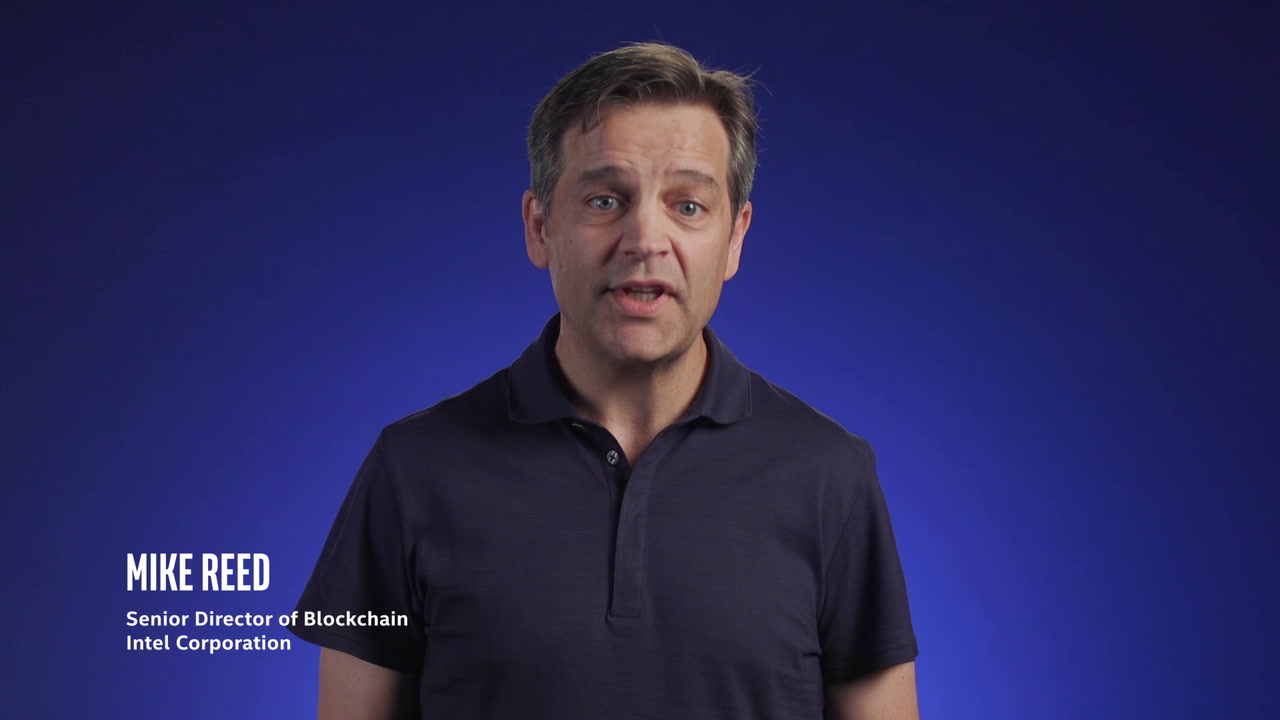Program Overview
The Security program provides overviews of multiple security focused hardware and software technologies from Intel and the open source community. The first course provides an overview of Cryptography, and it’s importance throughout history in addition to its impact in our digital world today.
16 Courses
Share With
In this course, Carlos Rubio-Medrano, Ph.D., discusses cybersecurity and its basic concepts. He then examines the components of cybersecurity, specific threats and provides an overview of cybersecurity policy.
In this course, Carlos Rubio-Medrano, Ph.D., provides an overview of cybersecurity authorization and the access control models of Role Based Access Control (RBAC) and Attribute Based Access Control (ABAC).
In this course Dr. Adam Doupé, presents an overview of Cybersecurity and Internet Protocol.
In this course professor, Dr. Adam Doupé discusses research into blockchain, phone scams and fraud.
In this course, Intel Product Manager, Heqing Zhu, and Platform Architect, David Lu, provide an in-depth overview of using Intel® Security Libraries for Data Center (Intel® SecL-DC) to build an end to end platform security solution with a Kubernetes cluster.
In this course, users learn how to get started using Intel® QuickAssist Technology (QAT) devices to offload packet encryption and decryption in your DPDK application. Users also learn the necessary steps to install, program, and debug the Intel® QuickAssist Technology Software package and test configurations.
Intel® SGX is a new security technology offered by Intel. Watch the video above to get a good overview of this technology, its mode of application and its various uses cases.
There’s a lot of concern with data privacy and this is being addressed by a method called Confidential Computing. This involves encrypting data throughout its lifecycle. Intel has worked to bring a new technology called Intel ® Software Guard Extensions (Intel® SGX) that allows for an encrypted enclave for application code in data to be - loaded into and accessed from - that is separate from the system. Due to the present demand for this technology, Intel has introduced the Intel® SGX Card for customers that can’t land a Xeon E3, single socket, 1U chassis in their data centers.
In this course, John Mechalas, Compute Performance and Developer Products, introduces Intel® Software Guard Extensions Data Center Attestation Primitives, or Intel® SGX DCAP.
Intel SGX DCAP is the solution for deploying Intel SGX services into data centers, but that solution is intended to be customized for the target environment. And because every environment has unique needs, the DCAP software is distributed as components rather than a complete solution.
In this course, John Mechalas, Compute Performance and Developer Products, examines the components in the Intel® Software Guard Extensions Data Center Attestation Primitives package, and how its components are used to provision and attest Intel® SGX platforms.
In this course, John Mechalas, Compute Performance and Developer Products, takes a closer look at the Data Center Caching Service and how it removes barriers for enterprise environments and data centers with restricted internet access.
In this course, John Mechalas, Compute Performance and Developer Products, describes the attestation procedure for Intel Software Guard Extensions Data Center Attestation Primitives, and demonstrates quote verification in a sample Intel SGX DCAP environment.
In this course, Intel Segment Manager for Network Security and Applications, Sab Gosal, provides an overview of the open source pattering matching software Hyperscan. Details are also provided on the possible use cases of this versatile software.
This course provides a general overview of cryptography and its impact on the modern world as well as throughout history. In this course you’ll also gain a better understanding of where cryptography is being leveraged to enhance your security and privacy online.
Intel® Corp is heavily invested in the Enterprise blockchain space and this course helps to educate on which blockchain approach addresses customer needs as well as leveraging improved security, privacy and scalability in this technology space.

